Tagged: 12 Adityas, 33 koti, 33 million gods, 8 Vasus, Eleven Rudra's, Hindu god and goddess, Indra, Prajapati, Sanatan Dharma, Trayastrimsati Koti
- This topic has 0 replies, 1 voice, and was last updated by .
-
AuthorPosts
-
November 20, 2023 at 9:37 pm #1554Up::6
Hinduism is regarded as one of Earth’s ancient and widely spread cultures. Hindus are found worshipping different forms of gods and their incarnations. But have you ever wondered how many Gods and Goddesses are there in the Sanathan Dharma? Many believe there are 33 Crore (33 Koti) gods and Goddesses in the Hindu religion.
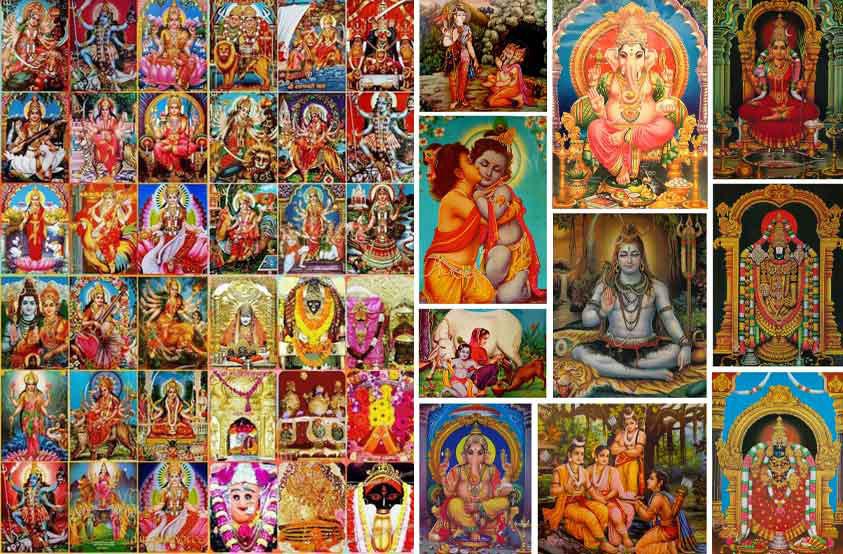
In this Comprehensive Guide, we decoded the myth about the Hindu god and goddess. Our Vedas have mentioned ‘ Trayastrimsati Koti,’ often misunderstood as 33 Crore. The Sanskrit language has two meanings: ‘Crore’ and ‘Supreme’. ‘Trayastrimsati Koti’ means 33 Supreme Gods, not 33 Crore Gods.
A beautiful definition of these 33 supreme gods is:
12+11+8+2 = 33
12 – Adityas
11 – Rudras
8 -Vasus
1- Prajapati
1- IndraThe 12 Adityas
In Hinduism, the 12 Adityas refer to the Sun God Surya. The 12 Adityas are 12 Supreme forms of the Lord Vishnu, who manifests as Surya Devta.
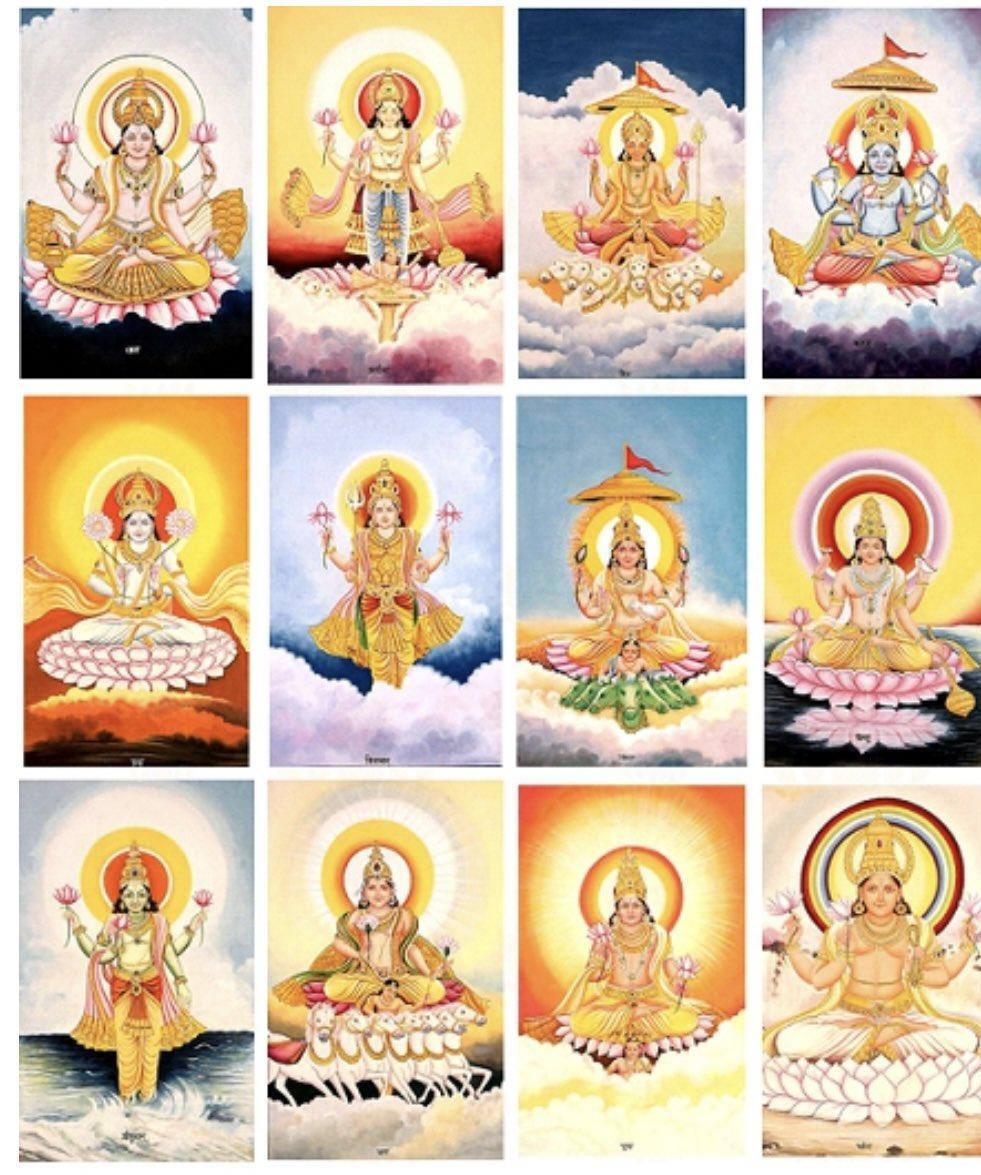
- Vishnu (The supreme head of all Aditya’s)
- Aryaman (Nobility)
- Indra ( Eldest leader of all Adityas)
- Tvashtha (Confidence)
- Varuna (water)
- Data (Creator)
- Bhaga (Inheritance)
- Parjanja (Power of Word)
- Vivasvan (fire)
- Amshuman (Wind)
- Mitra (Friendship)
- Pusha (Prosperity)
The 12 Aditya also represent the 12 months in the calendar. Due to their total 12 figure, they are also known as Dvadashadityas.
The Eleven Rudra’s
Rudras are the form of Lord Shiva. Vamana Puranas describes the Rudras as the son of sage Kashyapa and his wife Aditi.
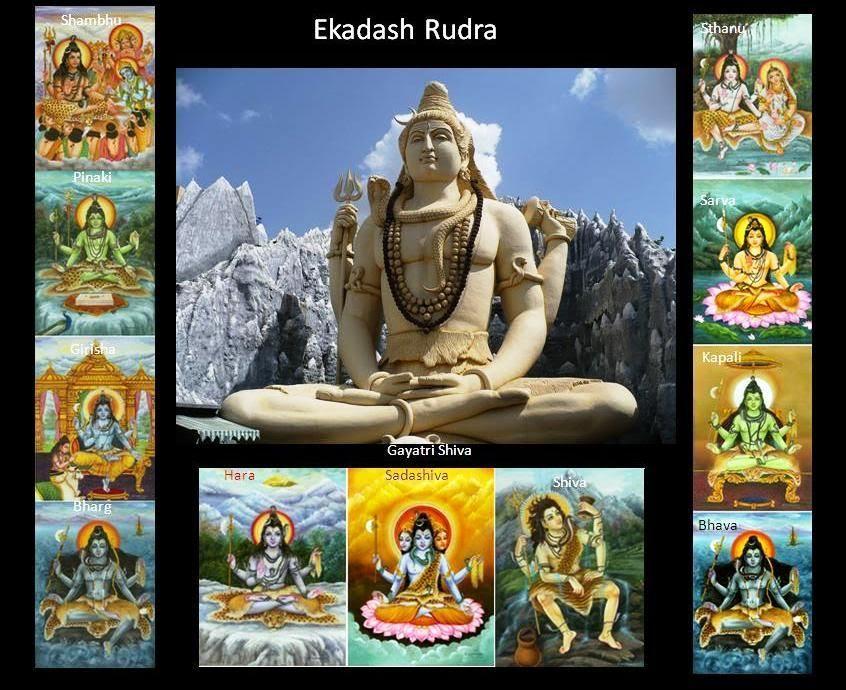
According to Vishnu Puranas, all eleven bodies were born from the anger of Lord Brahma. The furious Lord Shiva took the form of Ardhanari (Half male and half female). The male form split into eleven Rudra.
- Nirriti
- Shambhu
- Aparajita
- Mrigavyadha
- Kapardi
- Dahana
- Khara
- Ahirabradhya
- Kapali
- Pingala
- Senan
While the women form gave rise to 11 Rudranis, namely:
- Dhi
- Vrtti
- Usana
- Urna
- Niyuta
- Sarpis
- Ila
- Ambika
- Iravatl
- Sudha
- Diksa
As per the Vedas, Rudras are regarded as messengers, friends, and fearful.
The 8 Vasus
The 8 Vasus are as per the Brihadaranyaka Upanishads are as follows:
- Prithvi
- Agni
- Vayu
- Varuna
- Aditya
- Chandrama
- Dyaus
- Nakshatra
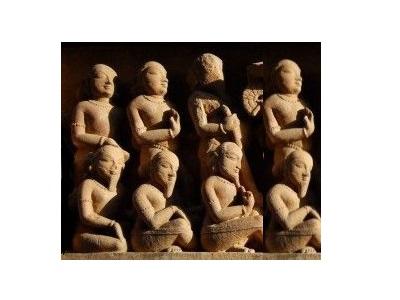
In Mahabharata, the eight vasus are also referred to as eight demigods.
- Dhara
- Anala
- Anila
- Apa
- Pratusha
- Prabhasa
- Soma
- Dhruva
Rishi Vashista cursed them for stealing away his cows along with Prabhasa.
Who is Prajapati?
Prajapati is one of the supreme creators responsible for creating and preserving life. “Praja” refers to offspring, and “Pati” refers to Master. Vedic scriptures portray the birth of Prajapati in the form of a golden egg.
Once the egg was hatched, he used his breath to create Lord Indra, Lord Agni, and the sacred plant Soma. Prajapati also gave birth to a daughter named Usha; through her, he became the father of all living beings, planets, Earth, air, and sky.
Who is Indra?
Lord Indra is the god of lightning, storms, rains, and flowing rivers. He is also regarded as the King of Heaven and generally praised for his extraordinary power and courage.
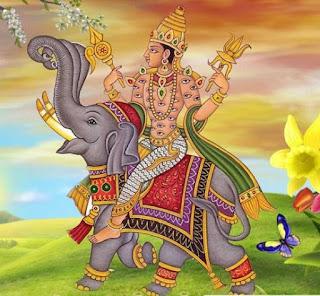
Conclusion
However, the idea of equivalence has been honoured by all periods, referring to them as equals. As per our Vedic Puranas and medieval text that popularized the worship of deities. The word ‘ ॐ’ symbolizes Trimurti: Lord Brahma, Lord Vishnu, and Lord Shiva, the supreme of all deities.
- This topic was modified 1 year ago by .
-
AuthorPosts
- You must be logged in to reply to this topic.